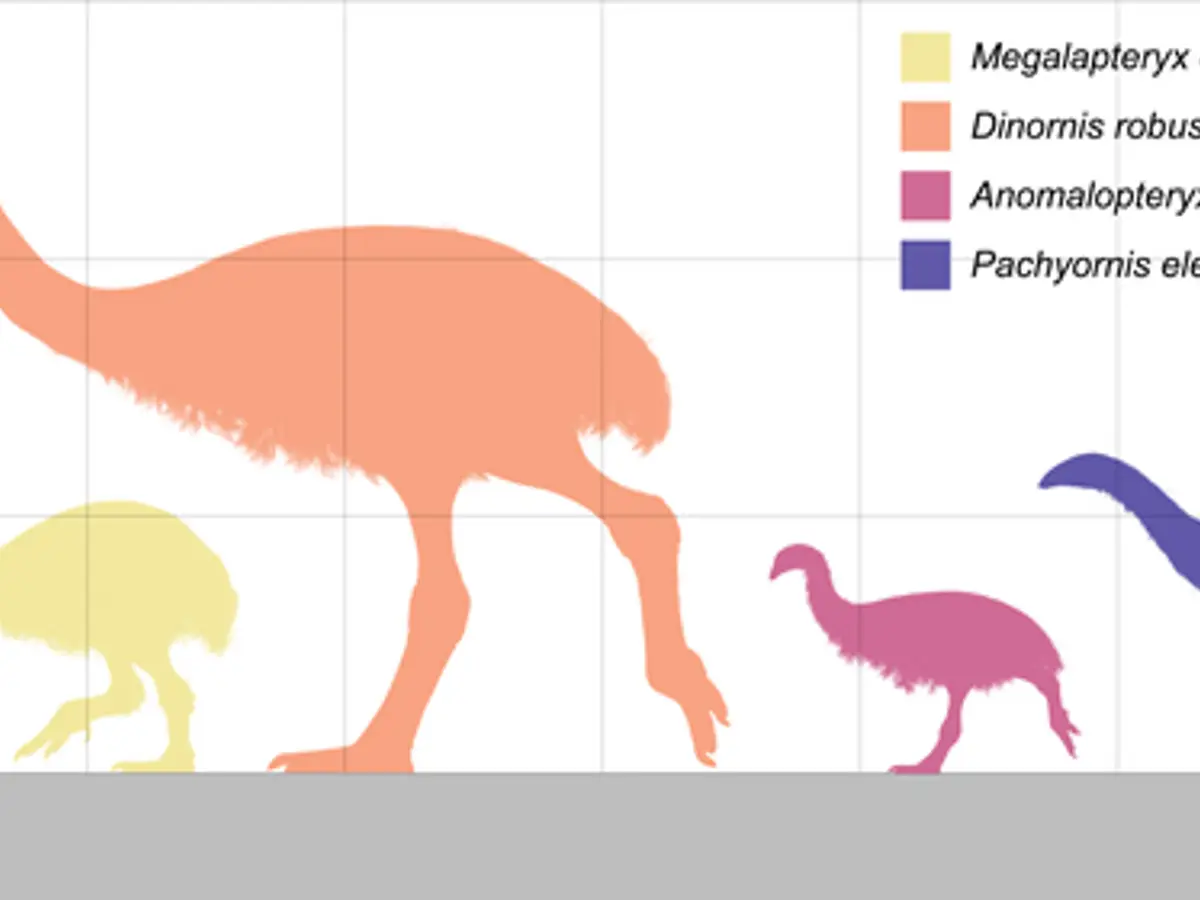The company that brought back ‘Game of Thrones’ dire wolves now has plans to bring back from extinction a giant 12-foot-tall bird. Just a few months back, in April, Colossal Biosciences announced that it had brought back from the dead a wolf whose haunting howl hadn’t been heard on Earth in over 12,500 years. Hidden from curious gawkers and media, somewhere on this planet roam three majestic dire wolves that are nothing short of a miracle, especially given that the last member of their species died out more than 12,500 years ago. The company behind this de-extinction has now set its sights on “Moa” a flightless 12ft (3.66 m) tall bird that once roamed New Zealand.
What is a moa? Can bringing it back from the dead threaten humans?
Moa, as mentioned above, was a flightless bird that once ranged across New Zealand. However, it was hunted to extinction by humans around 600 years ago. The giant bird, as per estimates, stood up to 12 ft (3.6 m) tall and weighed somewhere around 230 kg (500 lbs).
The bird, however large it may be, does not pose humans any threat. According to the National Institutes of Health (NIH) it was primarily a herbivore and ate leaves, fruits or fibrous materials from trees and shrubs. It must be noted that bringing it back would have implications, positive ones. The giant bird was what is known as a cornerstone species. It’s grazing and browsing actually helped prune and shape the jungle flora where it lived. Moreover, moas were also prolific spreaders of seeds from the plants they ate.
Their extinction also relates to the extinction of Haast’s eagle, which almost exclusively hunted the moa. While de-extinction of the moa would not automatically bring back Haast’s eagle, it could help at least partly restore the primal New Zealand woodlands.
How will Colossal Biosciences bring back the moa from dead?
Colossal Biosciences will bring back the giant bird exactly how it achieved the extinction of dire wolves: with the help of ancient DNA, cloning and gene-editing technology. As per a Time report, the company is working in collaboration with Ngāi Tahu Research Center, a group that was founded in 2011 to foster intellectual development and conduct scientific studies for and by the Ngāi Tahu tribe of the Indigenous Māori people to achieve Moa’s de-extinction.
According to Ben Lamm, CEO and co-founder of Colossal, “This is completely a Māori initiative”. He added that “We feel like the Colossal team is an extension of the research center and the Māori.” Meanwhile, Ngāi Tahu archaeologist Kyle Davis, who is working on the moa de-extinction project, reminisced that Moa is one of “those iconic species that feature in our tribal mythology, our storytelling, are very near and dear to us”.
After the Moa, Colossal Biosciences also wants to bring back species like the Tasmanian Tiger, the Dodo bird and the Wooly mammoth.
